Kindergarten Kambodscha
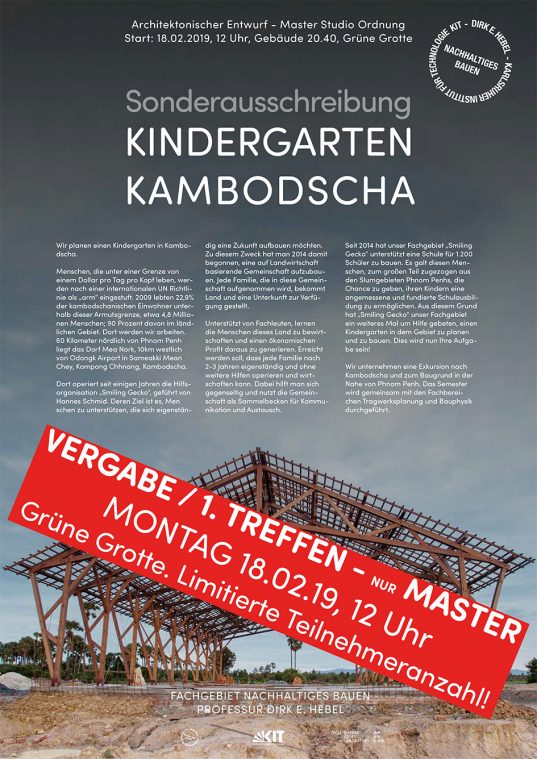
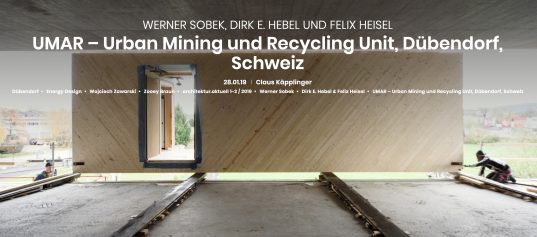
Experimental, educational and even radical is the housing unit UMAR by Werner Sobek, Dirk E. Hebel and Felix Heisel, who not only want to test new materials as real as possible, but also want to permanently change our understanding of buildings and cities. UMAR invites you to discover a building as a material storage and cities as urban mines. Article at architektur.aktuell Austria by Claus Käpplinger.
Read full article here.

Dirk E. Hebel speaks at the BAU Munich 2019 on the conference “Renewable, Rediscovered and Recycled – Materials for Sustainable Construction”. The public debate on the energy balance of construction increasingly focuses on the gray energy of buildings. This refers to the total balance of energy consumed in the manufacture, transportation, processing, use and disposal of building materials. Wood and other renewable building materials and resources are experiencing a comeback, especially in environmentally conscious sectors. The conference “Renewable, Rediscovered and Recycled – Materials for Sustainable Construction” addresses materials in and on buildings that are reusable, biodegradable or renewable, thus ensuring a better climate balance in the construction sector as low-CO2 building materials.
See the full program here.
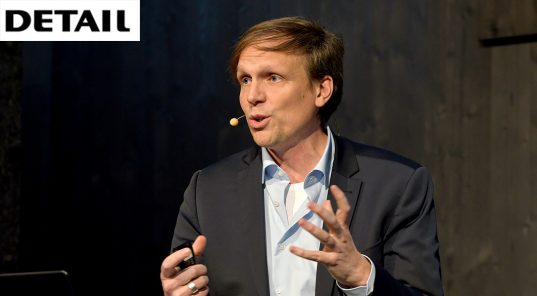
Dirk E. Hebel speaks at the BAU Messe Munich on the question how serial and modular building systems can be a fundamental part of the circular construction economy.
See the full program here.
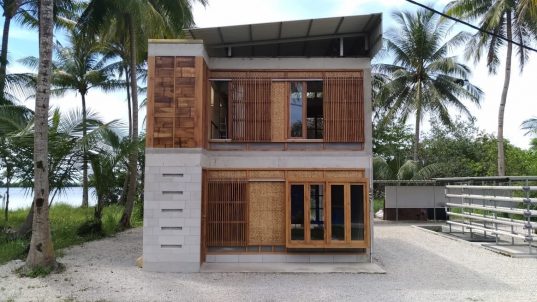

By 2025, Indonesia will need 30 million houses to house its residents, which means the country needs to build around 1.2 million new houses per year. Access to formal public housing, however, especially for the low-income group, is still elusive due to the cost and the difficulties of securing financing.The Tropical Town project by Singapore Future Cities Laboratory’s Urban-Rural Systems team around Prof. Stephen Cairns aims to develop alternative sustainable settlements that provide affordable housing for the low income inhabitants in developing countries, particularly in the tropics.
The planning strategy of Tropical Town is to integrate small living units with public spaces and productive landscapes. Each unit called Rubah can gather 100% of the rainwater for clean water, manage 100% of liquid and solid waste, afford 60% of the self-sufficient energy which will be integrated with an on-grid system with PLN, and 20% of food that family needs. The Rubah has been constructed with help of the Alternative Construction Materials Module FCL Nazanin Saeidi and Alireza Javadian and the Professorship of Dirk E. Hebel at KIT Karlsruhe using local building materials such as bamboo, Meranti timber, rammed earth, and mycelium. The kitchen has been designed as a mobile kitchen to provide the opportunity to run a small food business to increase household incomes.
The first phase of Tropical Town was an explorative study conducted through symposiums, workshops and exhibitions in Singapore, the Netherlands, Switzerland, Germany and Indonesia. The second phase of this project is focused on design development, experimental studies and the implementation of the ground floor construction of the Rubah unit along with the provision of the smallest systems in Tropical Town. The third phase will continue with design development, the experimental and construction studies of the Rubah’s upper floors.
The Alternative Construction Materials Module FCL and the Professorship of Dirk E. Hebel at KIT Karlsruhe has also taken responsibility for design and construction of the second and third phase of the project. Currently the team has finished the production of newly developed bamboo composite elements as an external wall cladding element. The team together with Mycotech from Indonesia has also finished the production and installation of innovative mycelium tiles as an internal wall cladding and is currently finalizing the design for the 3rd floor of the building, which should be finished also this year.
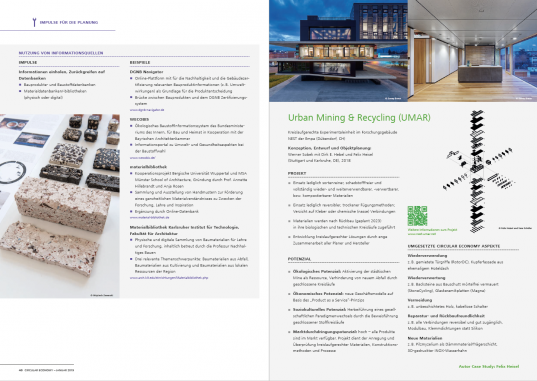
We are happy to announce the publication of the new DGNB (German Association of Sustainable Construction) report on Circular Economy with several contributions from the Professorship of Sustainable Construction at KIT Karlsruhe, including next to several projects carried out by the team over the past months (UMAR Experimental Unit in Dübendorf, Switzerland and the MycoTree project for the Seoul Biennale, South-Korea) also a pedagocical concept of a new Material Library at the Faculty of Architecture at KIT Karlsruhe.
The concept of a Circular Economy is intended to ensure the availability and quality of resources for future generations through appreciation, reuse and recycling. With the new report, the DGNB want to demonstrate the potential of a circular economy in the construction industry and promote its implementation and integration into construction practice. The publication is dedicated to the responsible use of resources and the manifold requirements of a circular economy in the context of building planning, implementation and use.
Download-Link: „Circular Economy – Kreisläufe schließen, heißt zukunftsfähig sein“
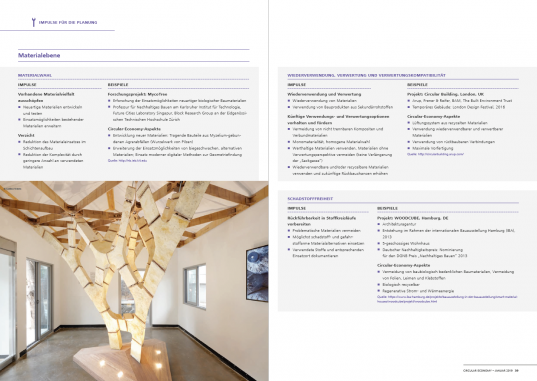
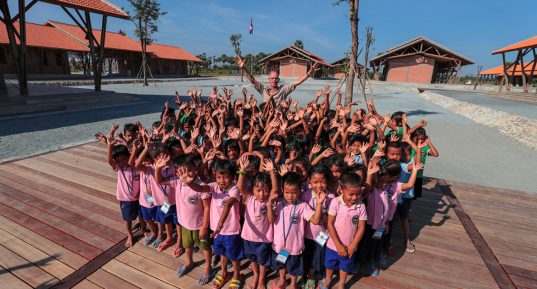
One year after the completion of the structures and the operational start, Smiling Gecko celebrated the official opening of the Smiling Gecko School together with guests from sponsors, business and administration, and of course the students and their parents in early December 2018. The celebrations stretched over two days. The first day started with a lunch in the kitchen of the new food processing center, open since November 2018, where students and the invited guests got to know each other better. The aim of the second day was to give the guests an insight into the school life of the children.
The architectural project involves the construction of a new school, consisting of 24 classrooms, 15 group study rooms, 3 workshop rooms, an administrative wing, a library, cafeteria, community laundry, community medical clinic, toilets, staff dormitories, an outdoor assembly space, playgrounds and a lake.
The architectural project was designed by Lisa Devenoge, Oliver Faber, Lorine Grossenbacher, Franziska Matt, Elizabeth Müller, and Alina Wyder with Prof. Dirk E. Hebel under the request of the NGO Smiling Gecko.
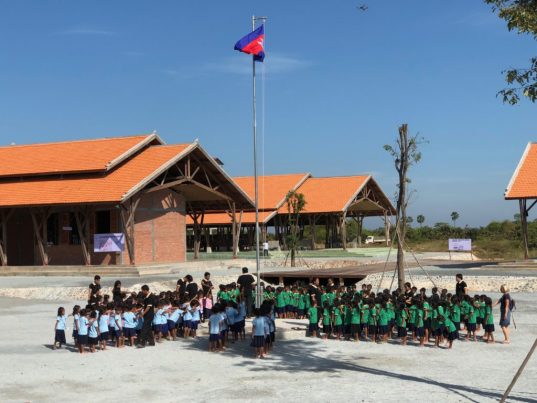
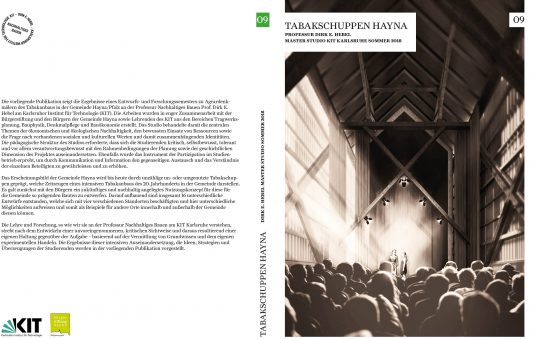
The publication presents the results of a design and research semester on agricultural monuments of tobacco cultivation in the municipality of Hayna / Pfalz at the Professorship of Sustainable Construction Dirk E. Hebel at the Karlsruhe Institute of Technology (KIT). The work was carried out in close collaboration with the citizens of the municipality Hayna and scientists of the KIT from the areas of structural engineering, building physics, historic preservation and building economics. The studio dealt with the central themes of economic and environmental sustainability, the conscious use of resources and the question of existing social and cultural values and related identities.
Editorial Staff: Sonja Steenhoff, Daniel Lenz, Manuel Rausch. Graphic Concept and Design: Uta Bogenrieder and Sonja Steenhoff, KIT Karlsuhe, Professorship of Sustainable Construction Dirk E. Hebel, December 2018, 195p.
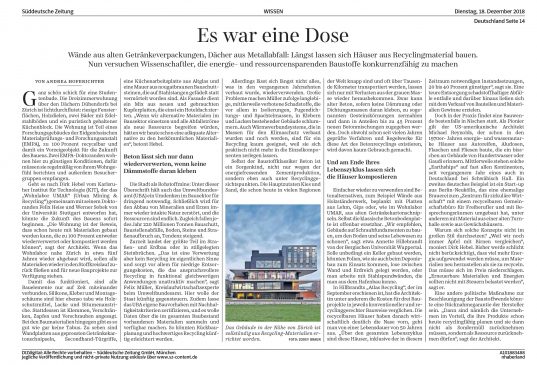
Walls made of old beverage packaging, roofs made of metal waste: houses can be built from recycled materials. Now scientists are trying to make the energy and resource-saving building materials competitive. Article in the Süddeutsche Zeitung. December 18, 2018, by Andrea Hoferichter, Süddeutsche Zeitung, Deutschland S.14.
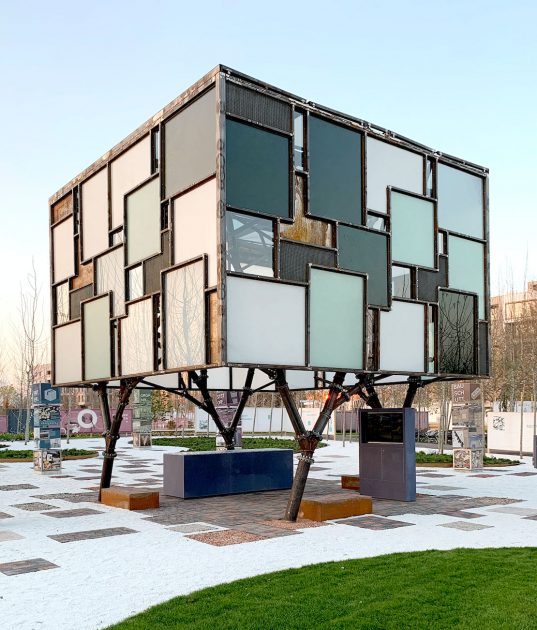
The 2019 German Federal Garden Show (BUGA) in Heilbronn is both garden and city exhibition. The newly built city quarter Neckarbodenis intends to be a test bed for a new urban area that exemplifies how people live well together in a densely populated urban setting. In this context, the relevance of the question of resources that will still be available and sustainably used in the future cannot be overestimated.
Situated on a central lot of the BUGA terrain, the Mehr.WERT.Garten (translation: Added.VALUE.Garden) and its pavilion address the question how we can perform a paradigm shift in the way we use our resources, from the currently dominant linear economy (take, make, throw) towards a circular economy of closed and pure material cycles. The Mehr.WERT.Pavilion is the shell, as well as main element of an exhibition on local and global resource use, alternative materials as well as their applications in a circular design and construction. On the one hand, the pavilion makes use of the existing urban mine – all materials used in the project have already undergone at least one life cycle, either in the same or in a different form. On the other hand, it acts as a material depot, which will become available again for future constructions at the end of the exhibition. As such, materials utilised in the construction of the Mehr.WERT.Pavillon are specified and employed in a way that allows their complete re-introduction into pure and type-sorted material cycles for reuse, recycling or bio-degradation after the decommissioning and deconstruction of the building. The pavilion’s objective is to proof that it is possible already today to design, detail and construct according to the principles of the circular economy.
The pavilions building materials are separated into four groups: (1) the load-bearing structure is largely made from reused steel originating from a disused coal-fired power plant in north-western Germany. It consists of four inclined supports that fan out like trees and are connected to each other by a rigid steel frame structure. (2) The façades and roof are clad in panels manufactured from recycled bottles glass and industrial glass waste. (3) The furniture is built from recycled HDPE plastic waste, while the chairs are 3D printed from plastic household waste. (4) The floor of the pavilion as well as the landscape design of the garden forms an assemblage of various reused and recycled materials and products made from mineral construction and demolition waste.
Mehr.WERT.Pavillon serves as a laboratory and test run for future construction projects as well as their building processes. The aim is to discuss important issues of construction and the associated use of resources with decision-makers from politics, construction planning and implementation and to develop new innovative concepts, applications and methods, both in practice and in teaching. The pavilion design originated in the design studio Building from Waste of the Professorship of Sustainable Construction at KIT Karlsruhe. It was further developed by KIT students Lisa Krämer, Simon Sommer, Philipp Staab, Sophie Welter, and Katna Wiese in collaboration with the Professorships Tragkonstruktionen (Prof. Matthias Pfeifer / Certification engineer) and Bautechnologie (Prof. Rosemarie Wagner / Structural form finding), as well as the office 2hs Architekten und Ingenieur PartGmbB.
Project credits
Client:
Entsorgungsbetriebe der Stadt Heilbronn
Ministerium für Umwelt, Klima und Energiewirtschaft Baden-Württemberg
Bundesgartenschau Heilbronn 2019 GmbH
Pavillon:
Design: Lisa Krämer, Simon Sommer, Philipp Staab, Sophie Welter, Katna Wiese, Professorship of Sustainable Construction, KIT Karlsruhe
Planning, structural design and execution: 2hs Architekten und Ingenieur PartGmbB Hebel Heisel Schlesier with Lisa Krämer and Simon Sommer
Structural form finding: Prof. Rosemarie Wagner, Fachgebiet Bautechnologie, KIT Karlsruhe
Certification engineer: Prof. Matthias Pfeifer, Karlsruhe, Germany
Object construction: AMF Theaterbauten GmbH
Electrical and lighting design: Udo Rehm / FC-Planung GmbH
Lightning protection: Gebr. A. & F. Hinderthür GmbH
Electrical installation: Elektro-Scheu GmbH
Furniture construction: Kaufmann Zimmerei und Tischlerei GmbH
Visualizations: Manuel Rausch
Video Documentation: Fülmbüro – Videoproduktion Stuttgart
Garden and exhibition:
Landscape architecture: Frank Roser Landschaftsarchitekten PartGmbB
Landscaping: GrünRaum GmbH
Exhibition design: Idee-n, Büro für nachhaltige Kommunikation
Exhibition construction: ING.Büro Wegweiser
Recycling workshop: Kunststoffschmiede / Konglomerat e.V.
E-waste art: Prof. Abraham David Christian, Vito Pace, Fakultät Gestaltung, Hochschule Pforzheim
Project partner:
AMF Theaterbauten GmbH, Deutsche Foamglas GmbH, Glas Trösch GmbH, Hagedorn GmbH, Handy-Aktion Baden-Württemberg, Heinrich Feeß GmbH & Co. KG, Institut für Umwelt- und Zukunftsforschung – Sternwarte Bochum, Magna Naturstein GmbH, Really ApS, Schröder Bauzentrum GmbH / DeFries, Smile Plastics, SPITZER-Rohstoffhandelsgesell. mbH Selb, StoneCycling BV, Studio Dirk Vander Kooij
Main sponsors:
GreenCycle GmbH
DSD – Duales System Holding GmbH & Co. KG
SER Sanierung im Erd- und Rückbau GMBH
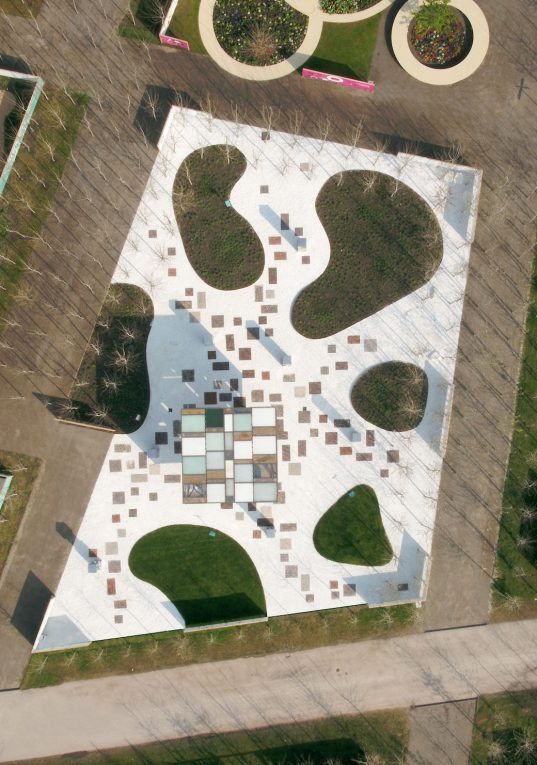
We are excited to announce the arrival of our newest book publication. Today, Addis Ababa: A Manifesto on African Progress by Dirk E. Hebel, Felix Heisel, Marta H. Wisniewska and Sophie Nash was published by Ruby Press.
This publication is centred around twelve manifesto points towards a people-centred urbanism and an architecture of belonging in times of rapid global urbanisation. Based on the authors’ eleven year research experience, the book draws conclusions from Addis Ababa, the capital of Ethiopia, as its case study. It contains essays on the historic development and the current housing situation of the city by local experts and numerous project examples. Adressing policy makers, architects and urban planners alike, the manifesto gives a series of clues and guidelines for a sustainable urbanisation of contemporary African metropolis.
244 p, ills colour & bw, 19 x 26 cm, pb, English – Available here.

take. build. repeat. Symposium für ressourcengerechtes Bauen.
09.11.2018 / 9:30 – 18:00 Uhr
Fachgebiet Nachhaltiges Bauen
KIT Karlsruher Institut für Technologie
Egon-Eiermann-Saal, Englerstr. 7, Geb. 20.40
The symposium take.build.repeat. questions the currently practiced throw-away mentality of today’s construction industry: Resources are taken, consumed and subsequently disposed of. Contrary to this linear concept of ressource destruction are ideas of closed material cycles, of newly conceived (re-)building technologies and, in particular, new business models of the circular economy. The symposium addresses the important question of how we can build our cities of the future in times of ever-growing global population and increasing resource scarcity without continuing to exploit and pollute our natural environment. The built environment must represent both a responsible present-day solution as well as the material bank for the future.
The one-day symposium will bring together representatives of science and industry, theoretical and practical approaches as well as practitioners and students to jointly shape the future of building through lectures and discussions. Speaking will be Prof. Dr. Werner Sobek (Werner Sobek Group / University Stuttgart), Prof. Dr. Walter R. Stahel (Product Life Institute), Prof. Annette Hillebrandt (University of Wuppertal), Peter van Assche (Bureau SLA), Jasper Brommet (StoneCycling), Stefan Rohrmus (Schüco) and Sabine Oberhuber-Rau (Madaster). The recently opened Urban Mining and Recycling unit (UMAR) at the Empa NEST in Switzerland by Werner Sobek with Dirk E. Hebel and Felix Heisel will be presented in detail.
The event on 09. November 2018 is organized by Sustainable Construction at the Faculty of Architecture of the Karlsruhe Institute of Technology KIT and is recognized as Weiterbildungsmaßnahme by the Chamber of Architects Baden-Württemberg with 4 hours.
Registrations at http://www.arch.kit.edu/aktuelles/take_build_repeat.php
More information at www.nest-umar.net

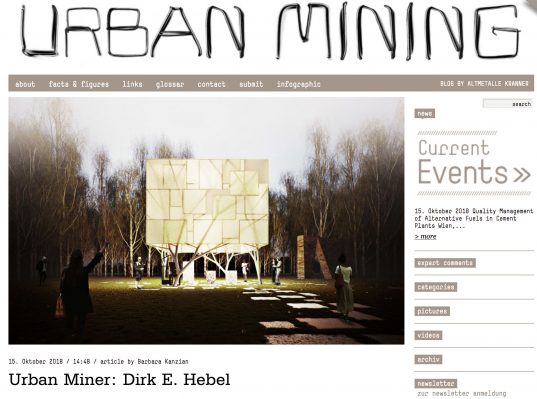
Dirk. E. Hebel, our Urban Miner of the month October, is professor for Sustainable Construction. Currently he teaches at the Karlsruher Institut für Technologie. One of his latest projects using exclusively recycled building materials was UMAR. In his answers he puts the focus on his work and points out, that the Netherlands are the leading nation in the field of reuse and recycling in the building sector.
Read full texte here
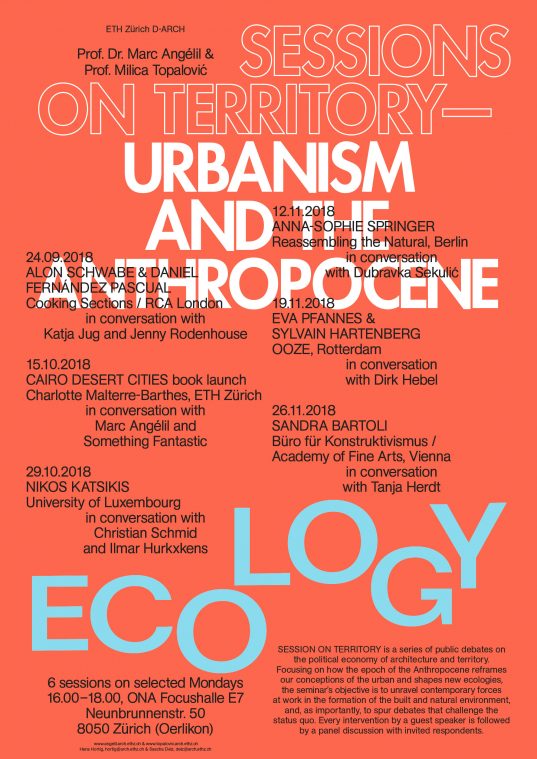
19 .11. 2 018
Eva Pfannes & Sylvain Hartenberg, Rotterdam in conversation with DIRK HEBEL
SESSION ON TERRITORY is a series of public debates on the political economy of architecture and territory. Focusing on how the epoch of the Anthropocene reframesbour conceptions of the urban and shapes new ecologies,mthe seminar’s objective is to unravel contemporary forces at work in the formation of the built and natural environment, and, as importantly, to spur debates that challenge the status quo. Every intervention by a guest speaker is followed by a panel discussion with invited respondents.
In the winter semester 2018/19, Sustainable Construction offers a bachelor and a master design studio, a seminar as well as a Stegreif. For more details please refer to the respective posters or detailed information in the navigation on the left.
We wish all students a successful beginning of the new semester!
In the Winter Semester 2018/19, the KIT Faculty of Architecture will offer a lecture series on Sustainable Construction, organized by the chair of Sustainable Construction, Dirk E. Hebel. In total 14 lectures will address the history, state of the art, and alternative futures within the theme. Speakers are: Michael Dax, Felix Heisel, Dörte Meinerling, Daniel Fuhrhop, Roland Hischier, Prof. Andreas Wagner, Prof. Matthias Pfeifer, Prof. Petra v. Both, Prof. Markus Neppl, Jan Wurm, and Prof. Dirk E. Hebel. Please refer to the poster for actual dates. The lecture is held every Wednesday, 09:45 am in Lecture Hall 9 (HS09) at KIT Campus South, Building 20.40.
Poster Design: Uta Bogenrieder
In the Winter Semester 2018/19, the KIT Faculty of Architecture will offer a lecture series on Materials, organized by the chair of Sustainable Construction, Dirk E. Hebel. In total 13 lectures will address conventional and alternative building materials and their use in construction. Speakers are: Sandra Böhm, Waltraud Vogler, Peter Schöffel, and Prof. Dirk E. Hebel. Please refer to the poster for actual dates. The lecture is held every Friday, 09:45am in Lecture Hall Egon-Eiermann at KIT Campus South, Building 20.40.
Poster Design: Uta Bogenrieder

In his capacity as 2018 Harvard GSD Guest Lecturer, Felix Heisel is presenting a lecture titled ‘Resource-Adequate Construction’ on 26th September 2018 at Gund Hall, Cambridge, USA within the reCyclo Design Studio by Visiting Associate Professor in Architecture Caroline O’Donnell. For more information please click here.

On October 16th 2018, Prof. Dirk E. Hebel is speaking at the Detail Kongress 2018 »No Waste! Ressource Bau« about the NEST Unit Urban Mining and Recycling by Werner Sobek with Dirk E. Hebel and Felix Heisel. Located at the Oktagon of Zeche Zollverein in Essen, the congress brings together partitioners, researchers and positions aiming to promote a more respectful resource and energy use in the built environment.
Registration at detail.de/detailkongress
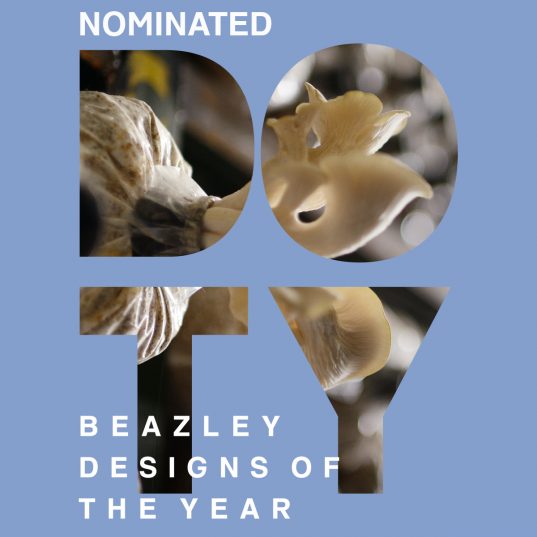
Our 2017 MycoTree for the Seoul Biennale of Architecture and Urbanism is nominated for the Beazley Design of the Year 2018 Award. #BeazleyDesignsoftheYear
MycoTree is a spatial branching structure made out of load-bearing mycelium components. Its geometry was designed using 3D graphic statics, keeping the weak material in compression only. Its complex nodes were grown in digitally fabricated moulds.
Utilising only mycelium and bamboo, the structure represents a provocative vision of how we may move beyond the mining of our construction materials from the earth’s crust to their cultivation and urban growth; how achieving stability through geometry rather than through material strength opens up the possibility of using weaker materials structurally and safely; and, ultimately, how regenerative resources in combination with informed structural design have the potential to propose an alternative to established, structural materials for a more sustainable building industry.
MycoTree is the result of a collaboration between Sustainable Construction at Karlsruhe Institute of Technology (KIT), the Block Research Group at the Swiss Federal Institute of Technology (ETH) Zürich and the Alternative Construction Materials Unit of the Future Cities Laboratory Singapore. It was the centrepiece of the “Beyond Mining – Urban Growth” exhibition at the Seoul Biennale of Architecture and Urbanism 2017 in Seoul, Korea curated by Hyungmin Pai and Alejandro Zaera-Polo, and was on display in Pavilion i7 at the Donuimun Museum Village from September 1st 2017 to March 31st 2018.
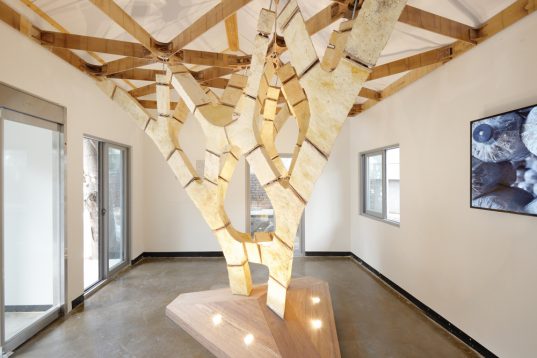
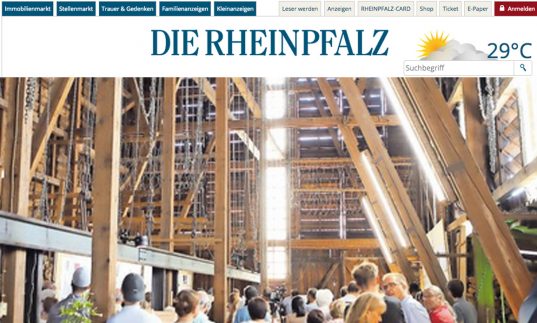
You can not create living space or a new business models in and with old tobacco sheds? But on the contrary. Students of the University of Karlsruhe present innovative usage concepts for some of the historic buildings. The only question is whether visions can ever become reality.
Read full article here (German)
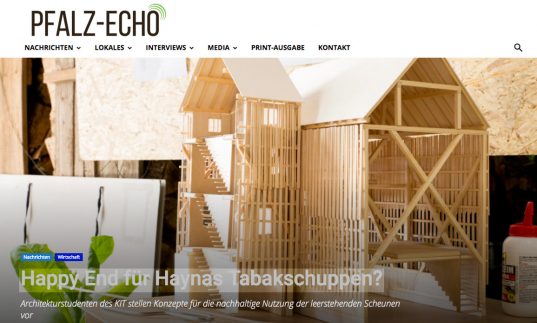
What do you do with a building that towers high into the sky, that radiates with its charm and not only makes some inhabitants of the village Hayna nostalgic? 16 students from the Faculty of Architecture at the Karlsruhe Institute of Technology (KIT) spent more than four months investigating this question. At the beginning of August, the students introduced themselves and their concepts for using the vacant tobacco sheds in Hayna.
read the full article here (German)
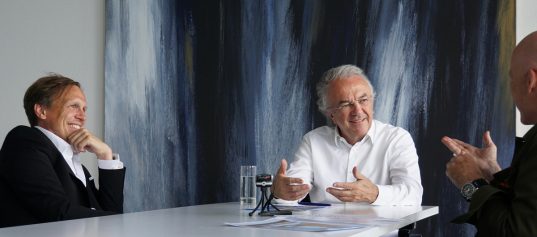
For materials that are no longer needed, there was for the longest time only one word: waste. Following this linear mentality of “take, make and waste” the term “disposable society” came up in the second half of the 20th century. With the start of the oil crisis in the 1970s this ideology started slowly to be rethought. Today, people talk less about waste when dealing with materials they no longer need. One speaks of “ressources”. In form of an interview, Werner Sobek and Dirk E. Hebel take their latetst building project UMAR to discuss future concepts of a circular econmy within the built environment. They formulate where in their view future research, teaching concepts and practical work need to address one of the most important questions of the 21st century: where to source the materials to build for more with less.
Read the full interview here (in German).
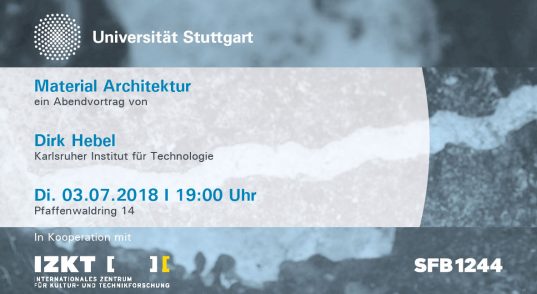
On 3rd Juli, Dirk E. Hebel will be speaking at the SFB1244 lecture series “Adaptivität als Utopie” at Stuttgart University. Titled “Material Architektur”, the lecture will start at 7pm at the ILEK, Pfaffenwaldring 14. For more information, please click here.
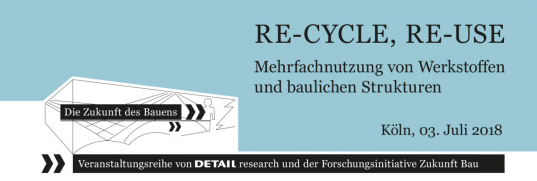
On 03. Juli, Felix Heisel is speaking at the Re-Cycle, Re-Use conference in Cologne about “innovative building concepts for the 21st century”. The full program and a link for registration can be found here.
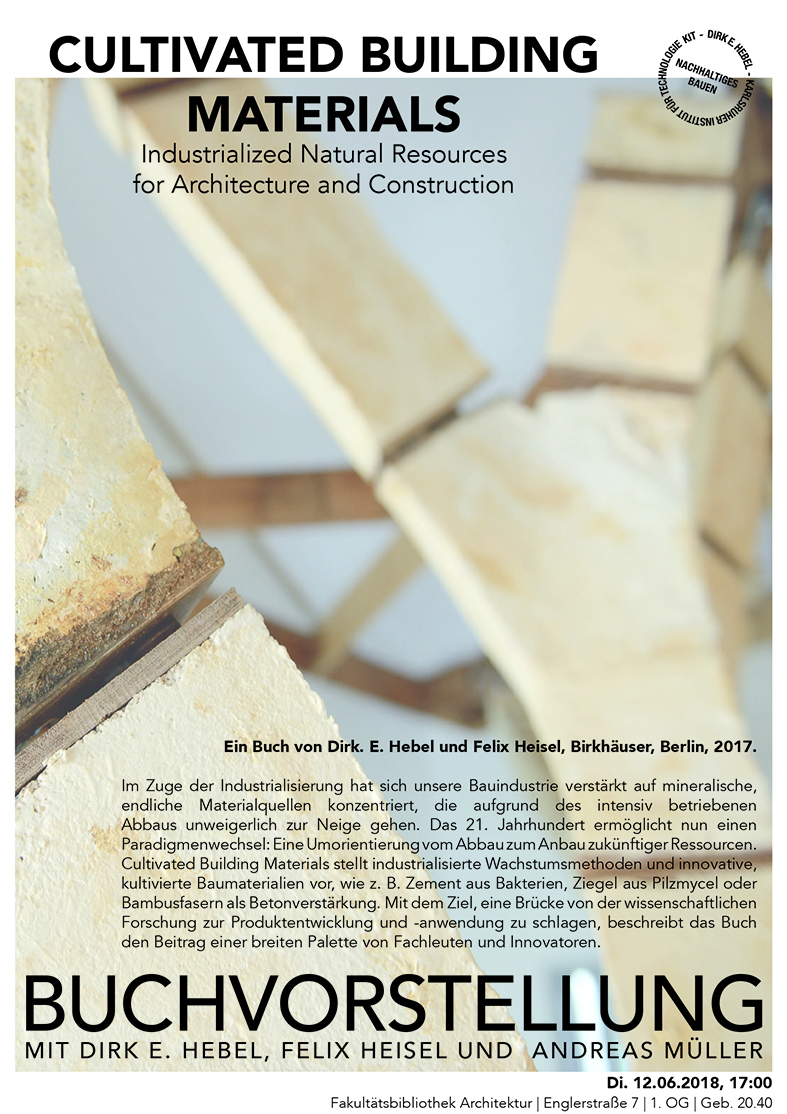
Im Zuge der Industrialisierung hat sich unsere Bauindustrie verstärkt auf mineralische, endliche Materialquellen konzentriert, die aufgrund des intensiv betriebenen Abbaus unweigerlich zur Neige gehen. Das 21. Jahrhundert ermöglicht nun einen Paradigmenwechsel: Eine Umorientierung vom Abbau zum Anbau zukünftiger Ressourcen. Cultivated Building Materials stellt industrialisierte Wachstumsmethoden und innovative, kultivierte Baumaterialien vor, wie z. B. Zement aus Bakterien, Ziegel aus Pilzmycel oder Bambusfasern als Betonverstärkung. Mit dem Ziel, eine Brücke von der wissenschaftlichen Forschung zur Produktentwicklung und -anwendung zu schlagen, beschreibt das Buch den Beitrag einer breiten Palette von Fachleuten und Innovatoren.
Dienstag 12.06.2018, 17:00 Fakultätsbibliothek Architektur, Englerstraße 7, 1. OG, Geb. 20.40
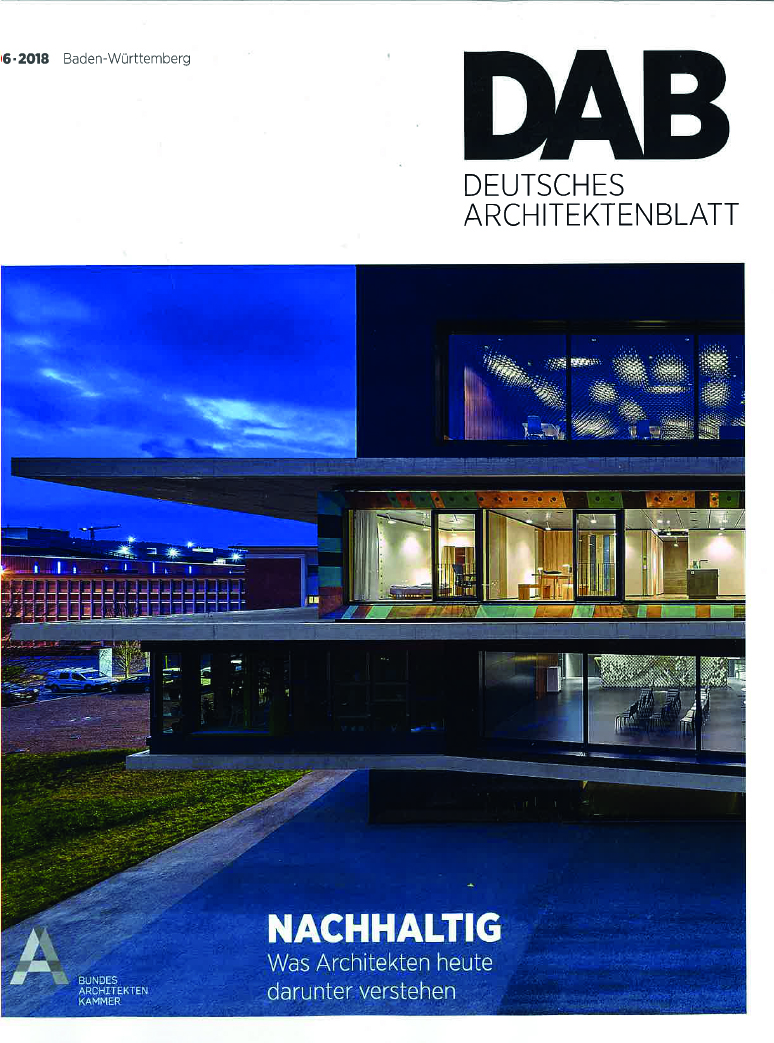
Echte Innovationen für ein nachhaltigeres Bauen finden nur sehr langsam den Weg auf die Baustelle – auch weil niemand das Risiko eingehen möchte, sie als Erster unter realen Bedingungen zu testen. Ein ganz besonderes Haus nahe Zürich schafft Abhilfe.
Read the full article here.
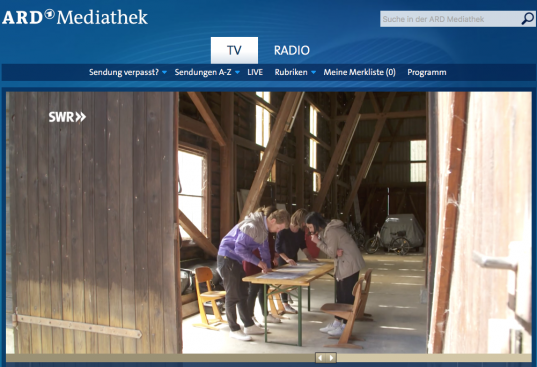
German television SWR and ARD reported on this semester´s design studio “Tabakschuppen Hayna” of the Professorship of Sustainable Construction in a clip screened on 27.04.2018. “Im südpfälzischen Hayna stehen viele historische Tabakschuppen leer und verfallen. Was könnte Kreatives daraus entstehen? Dem Projekt haben sich jetzt Architekturstudenten angenommen.”
Watch the full report in German here.

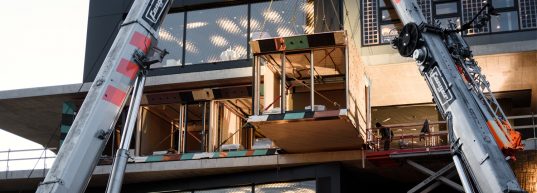
»Die Stadt der Zukunft unterscheidet nicht zwischen Abfall und Vorrat«, umschreiben die Wissenschaftler den zugrundeliegenden Forschungsansatz der Experimentaleinheit mit einem Zitat von Mitchell Joachim, Vorreiter eines ökologischen Planungsansatzes. Die Urban Mining & Recycling (UMAR)-Unit ergänzt seit Februar 2018 als experimentelles Wohnmodul das modulare Forschungs- und Innovationsgebäude NEST auf dem Campus der Eidgenössischen Materialprüfungs- und Forschungsanstalt (Empa) in schweizerischen Dübendorf. Der Entwurf stammt von Werner Sobek mit Dirk E. Hebel und Felix Heisel. Sobek ist Leiter des Instituts für Leichtbau Entwerfen und Konstruieren der Universität Stuttgart, Hebel und Heisel sind Leiter und Forschungsverantwortlicher des Fachgebiets Nachhaltiges Bauen am KIT Karlsruhe und am Singapore ETH-Centre.
Read the full article here.
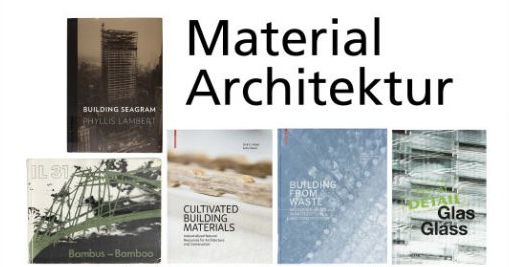
We are pleased to invite you to the opening of the exhibition MaterialArchitektur in the foyer of the KIT Library at Campus Süd on 12th April 2018 at 3:30pm.
The KIT Library, the Library of Architecture, the Materials Library of Architecture and the Department of Sustainable Construction have jointly conceived an exhibition that is intended to raise awareness of the topic of materials in architecture. A selection of relevant publications from the last 167 years is shown. Selected material samples represent the subject matter of the books.
In addition to the treatment of established building materials, this exhibition also deals with the search for alternative building materials. There are books presented that show solutions and provide an overview of the current state of research.
Prof. Dirk E. Hebel will speak a few introductory words at the opening of the exhibition.
If the weather is fine, we offer a refreshment outside after the opening (in the rondel between the KIT library and the canteen).
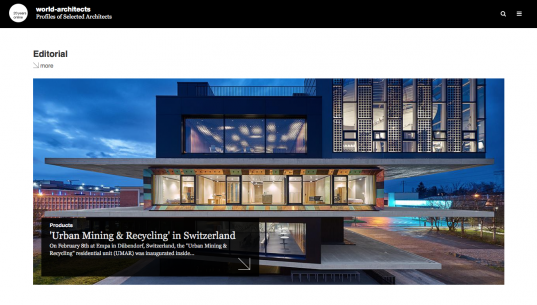
On February 8th at Empa in Dübendorf, Switzerland, the “Urban Mining & Recycling” residential unit (UMAR) was inaugurated inside NEST. Designed by Werner Sobek with Dirk E. Hebel and Felix Heisel, the unit aims “to advance the construction industry’s transition to a recycling economy.”
Read the full article here.
From 21.02.2018 until 08.03.2018, students of the KIT faculty of architecture can participate in a Stegreif to develop a new signalling system for the coming federal graden show Heilbronn 2019. For more information, please click here.
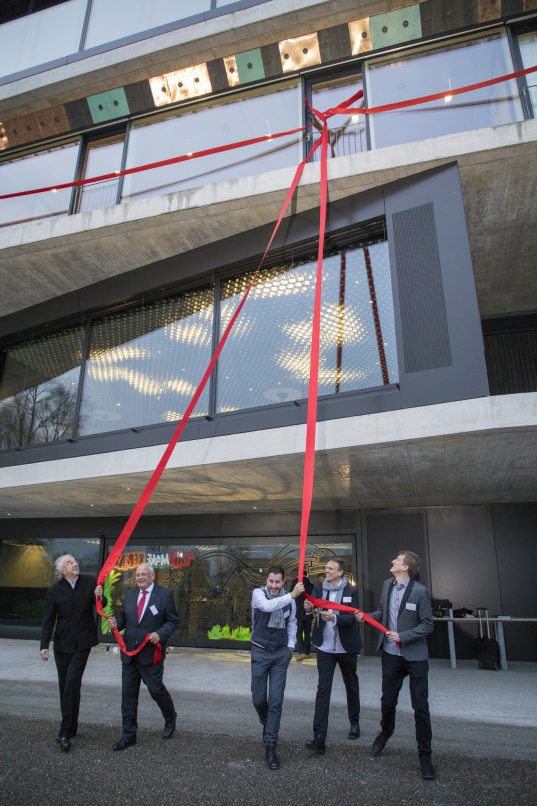
On February 8th 2018, Werner Sobek, Dirk E. Hebel and Felix Heisel officially opened Urban Mining and Recycling UMAR, the newest addition to the Empa NEST. The project is underpinned by the proposition that all the resources required to construct a building must be fully reusable, recyclable or compostable. This places life-cycle thinking at the forefront of the design: Instead of merely using and subsequently disposing of resources, they are borrowed from their technical and biological cycles for a certain amount of time before being put back into circulation once again. Such an approach makes reusing and repurposing materials just as important as recycling and upcycling them (both at a systemic and a molecular/biological level, e.g. via melting or composting). This conceptual emphasis means that UMAR functions simultaneously as a material laboratory and a temporary material storage.
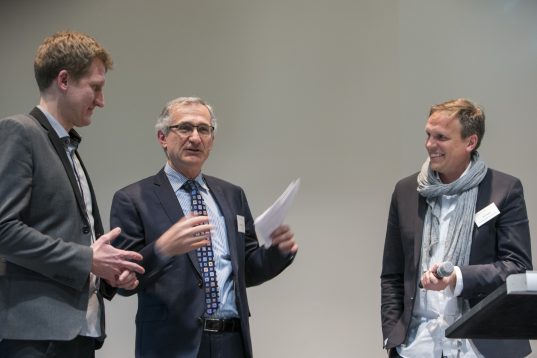
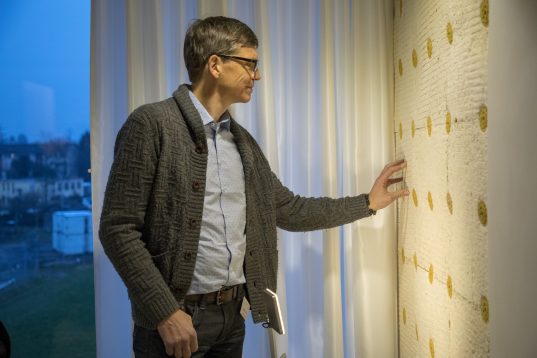
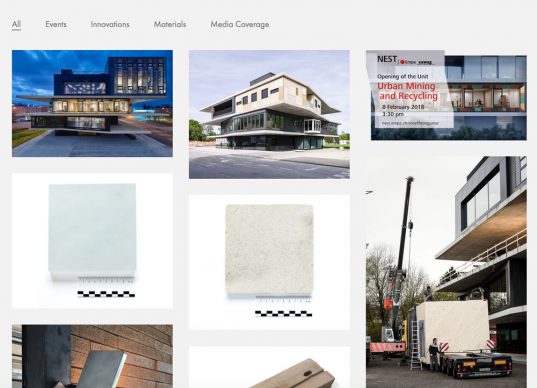
The Urban Mining and Recycling unit now has its own website. At www.nest-umar.net you can find all information about Empa NEST, the unit UMAR, as well as the making of the unit. Additionally, the website offers a material library of the materials used including data sheets and company contacts.
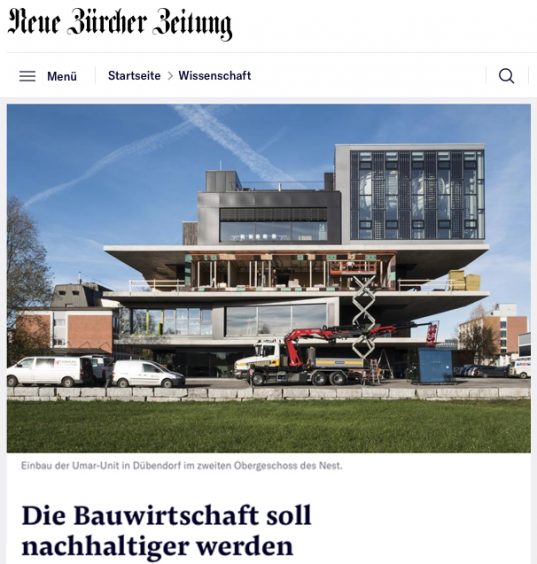
On January 5th, 2018, Swiss Newspaper Neue Züricher Zeitung reports on the successful installation of the NEST Unit Urban Mining and Recycling in Dübendorf. Read the full article here.
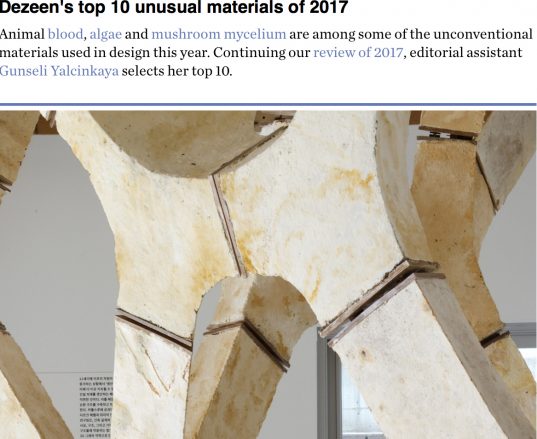
In 2017, a number of designers explored the structural properties of new, environmentally friendly materials – but mushroom mycelium was one of the most unusual. It was used to create a tree-shaped self-supporting structure in South Korea.
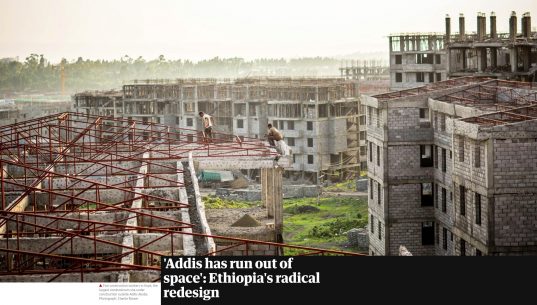
As Addis Ababa creaks under the weight of a mushrooming populace, sub-Saharan Africa’s largest housing project is under way. But who benefits? Wrapped in a white shawl and sporting a wide-brimmed cowboy hat, Haile stares out at his cattle as they graze in a rocky patch of grass. “My family and I have been here since I was a child,” he says, nodding at the small, rickety houses to his right. “But we will have to leave soon.” In the distance loom hulking grey towers, casting long shadows over his pasture. This is Koye Feche, a vast construction site on the edge of Addis Ababa that may soon be sub-Saharan Africa’s largest housing project.
The Guardian, by Tom Gardner in Addis Ababa, Interview with Felix Heisel. Photographs by Charlie Rosser.
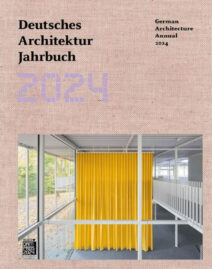
Klaaßen, Lars. “Organische Architektur – Pilzmyzel und Flachs als Materialien für die ökologische Bauwende.” In Deutsches Architektur Jahrbuch 2024, edited by Peter Schmal Cachola, Yorck Förster, and Christina Gräwe, 198–209. Berlin, Germany: DOM publishers, 2024.
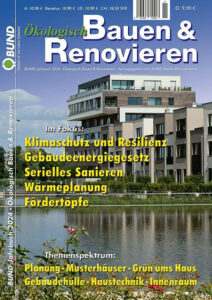
Streiff, Peter. “Zirkuläres Bauen – Kreislauf statt Abriss.” BUND-Jahrbuch – Ökologisch Bauen & Renovieren 2024, January 2024.
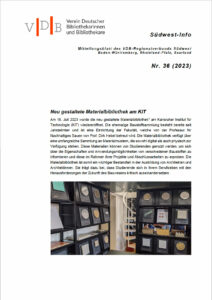
Mönnich, Michael, and Sandra Böhm. “Neu gestaltete Materialbibliothek am KIT.” Südwest-Info: Mitteilungsblatt des VDB-Regionalverbands Südwest Nr. 36 (2023), 2023.
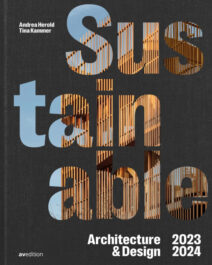
Hebel, Dirk E. “RoofKIT Wuppertal, Germany; Interview with Prof. Dirk Hebel: The aim is clear, we must forge the path ourselves.” In Sustainable Architecture & Design 2023/ 2024, edited by Andrea Herold, Tina Kammerer, and InteriorPark., 46–55. Stuttgart, Germany: av edition GmbH, 2023.
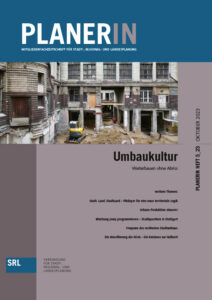
Hebel, Dirk E. “Der Bestand ist die künftige Ressource – Den linearen Umgang mit Baumaterialien schnellstmöglich stoppen.” Planerin – Mitgliederfachzeitschrift für Stadt-, Regional- und Landesplanung, Oktober 2023.
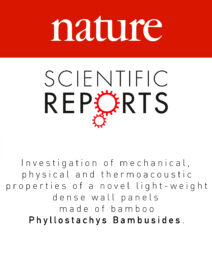
Gholizadeh, Parham, Hamid Zarea Hosseinabadi, Dirk E. Hebel, and Alireza Javadian. “Investigation of Mechanical, Physical and Thermoacoustic Properties of a Novel Light-Weight Dense Wall Panels Made of Bamboo Phyllostachys Bambusides.” Nature Sientific Reports 13 (October 26, 2023). https://doi.org/https://doi.org/10.1038/s41598-023-45515-3
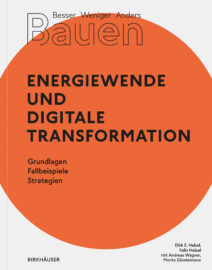
Hebel, Dirk E., Felix Heisel, Andreas Wagner, und Moritz Dörstelmann, Hrsg. Besser Weniger Anders Bauen – Energiewende und digitale Transformation. Besser Weniger Anders Bauen 2. Basel: Birkhäuser Verlag GmbH, 2023.
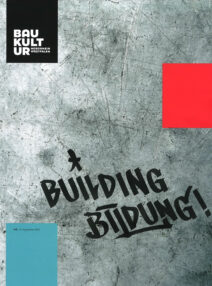
Hebel, Dirk E. “Vom Jagen, Züchten Und Ernten Zukünftiger Baumaterialien.” Baukultur Nordrhein Westfalen, September 2023.
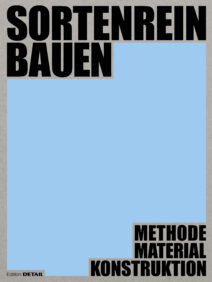
Hebel, Dirk E., Ludwig Wappner, Katharina Blümke, Valerio Calavetta, Steffen Bytomski, Lisa Häberle, Peter Hoffmann, Paula Holtmann, Hanna Hoss, Daniel Lenz and Falk Schneemann, eds. Sortenrein Bauen – Methode Material Konstruktion. Edition DETAIL. München: DETAIL Business Information GmbH, 2023.
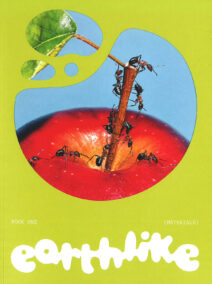
Schweikle, Johannes. “Fungi.” In Earthlike, 1:70–75, 2023.
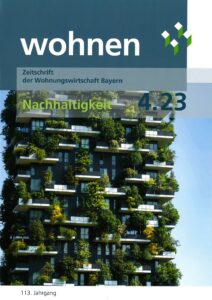
Hebel, Dirk E. “Die Stadt als Rohstofflager.” wohnen – Zeitschrift der Wohnungswirtschaft Bayern, August 2023.
Hebel, Dirk E. “Das RoofKIT-Gebäude der KIT Fakultät für Architektur – Gewinner des Solar Decathlon 2021/22 in Wuppertal.” wohnen – Zeitschrift der Wohnungswirtschaft Bayern, August 2023.
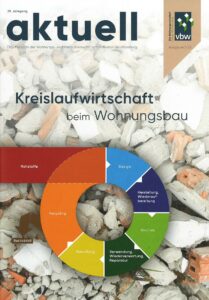
Hebel, Dirk E. “Die Stadt Als Rohstofflager.” Aktuell – Das Magazin Der Wohnung- Und Immobilienwirtschaft in Baden-Württemberg, 2023.
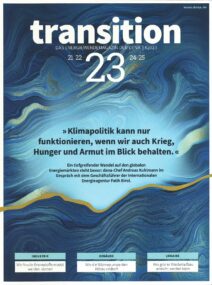
Ellinghaus, Tanja. “Bau-Kreislauf Statt Einweg-Wirtschaft.” Transition – Das Energiewendemagazin Der Dena, 2023.
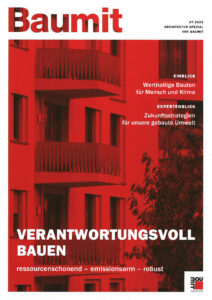
Hebel, Dirk E. “Sortenreines Konstruieren – Kreislaufbasiertes Selbstverständnis in der Architektur.” Baumit, 2023. https://www.calameo.com/read/0011023184a57c4715124.
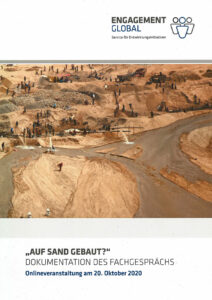
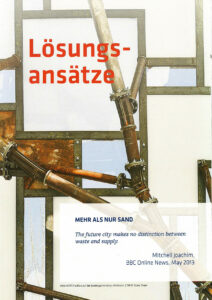
Reddy, Anita. “Bauen Als Kreislaufprojekt.” Engagement Global GGmbH, October 20, 2020. https://www.faz.net/aktuell/rhein-main/frankfurt/frankfurt-setzt-auf-recycling-nach-abriss-stadt-wird-baustofflager-18707619.html.
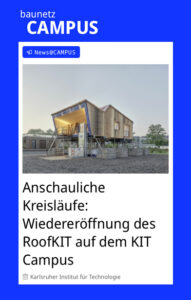
Lux, Katharina. “Anschauliche Kreisläufe: Wiedereröffnung Des RoofKIT Auf Dem KIT Campus.” Baunetz CAMPUS(blog), May 16, 2023. https://www.baunetz-campus.de/news/anschauliche-kreislaeufe-wiedereroeffnung-des-roofkit-auf-dem-campus-8235818.
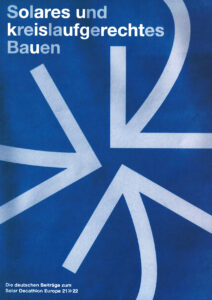
Wagner, Prof. Andreas, Nicolás Carbonare, Regina Gebauer, Prof. Dirk E. Hebel, Katharina Knoop, and Michelle Montnacher, eds. “RoofKIT.” In Solares und kreislaufgerechtes Bauen, 186–213. Wuppertal: PinguinDruck, 2023.
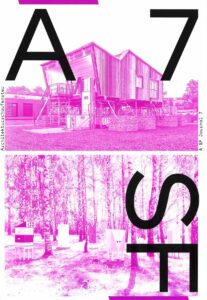
Blümke, Katharina, Elena Boerman, Daniel Lenz, and Riklef Rambow. “Die gebaute Umwelt als Ressource – Mit RoofKIT vom linearen zum zirkulären Verständnis des Bauens.” ASF Journal, March 28, 2023.
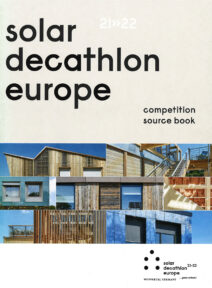
Voss, Karsten, and Katharina Simon, editors. Solar Decathlon Europe 21/22: Competition Source Book. 2023.
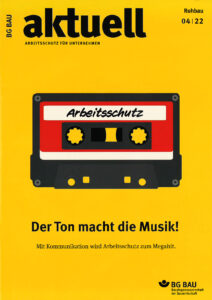
Wenk, Holger. “Pilze Als Vielversprechender Baustoff Der Zukunft.” BG Bau Aktuell – Arbeitsschutz Für Unternehmen, vol. 04/22, no. Rohbau, Sept. 2022, pp. 12–13.
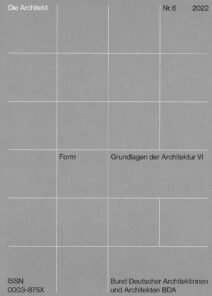
Jeroch, Theresa. “In Die Pilze Gehen.” Die Architekt, November 2022.
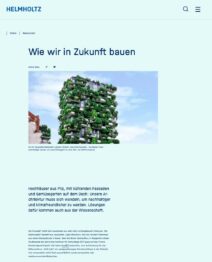
Niederstadt, Jenny. “Wie Wir in Zukunft Bauen.” Helmholtz-Gemeinschaft, December 12, 2022. https://www.helmholtz.de/newsroom/artikel/wie-wir-in-zukunft-bauen/.
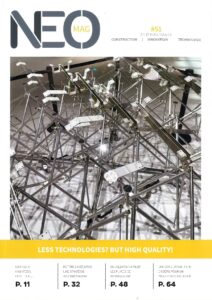
RoofKIT, Karlsruhe. “Le Projet RoofKIT Comme Démonstrateur de Solutions Pour Aujourd’hui et Demain.” Translated by Régis Bigot. NEOMAG, December 2022.
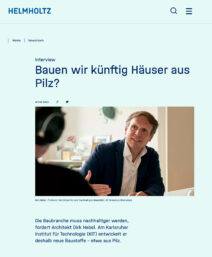
Niederstadt, Jenny, and Dirk E. Hebel. Bauen wir künftig Häuser aus Pilz? Helmholtz-Gemeinschaft, December 12, 2022. https://www.helmholtz.de/newsroom/artikel/bauen-wir-kuenftig-haeuser-aus-pilz/.
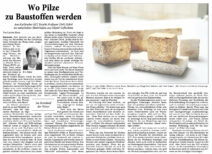
Blaue, Carsten. “Wo Pilze Zu Baustoffen Werden.” Rhein-Neckar-Zeitung, December 6, 2022, Nr. 282 edition. https://www.rnz.de/region/metropolregion-mannheim_artikel,-karlsruher-kit-wo-pilze-zu-baustoffen-werden-_arid,1015503.html.
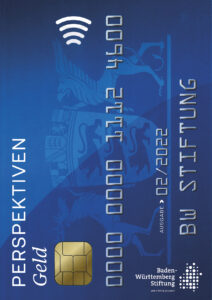
Baden-Württemberg Stiftung GmbH. “RoofKIT: Preisgekrönte Vision aus Karlsruhe.” PERSPEKTIVEN, October 2022.

Justus Hartlieb, “Bauen Verbindet: Internationale Zusammenarbeit an der KIT-Fakultät für Architektur”, LookKITINTERNATIONAL, no. 03/2022 (November 2022).
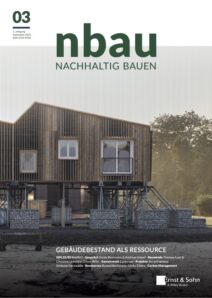
Lenz, Daniel, Elena Boerman, and Dirk E. Hebel. 2022. “Gebäudebestand als Ressource.” nbau, no. 03/2022 (Oktober). https://www.nbau.org/2022/10/12/gebaeudebestand-als-ressource/.
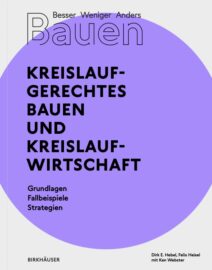
Hebel, Dirk E., Felix Heisel and Ken Webster, eds. Building Better – Less – Different: Circular Construction and Circular Economy. Building Better Less Different 1. Basel: Birkhäuser Verlag GmbH, 2022.
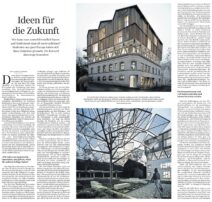
Klaaßen, Lars. 2022. “Ideen Für Die Zukunft.” Süddeutsche Zeitung, September 17, 2022.